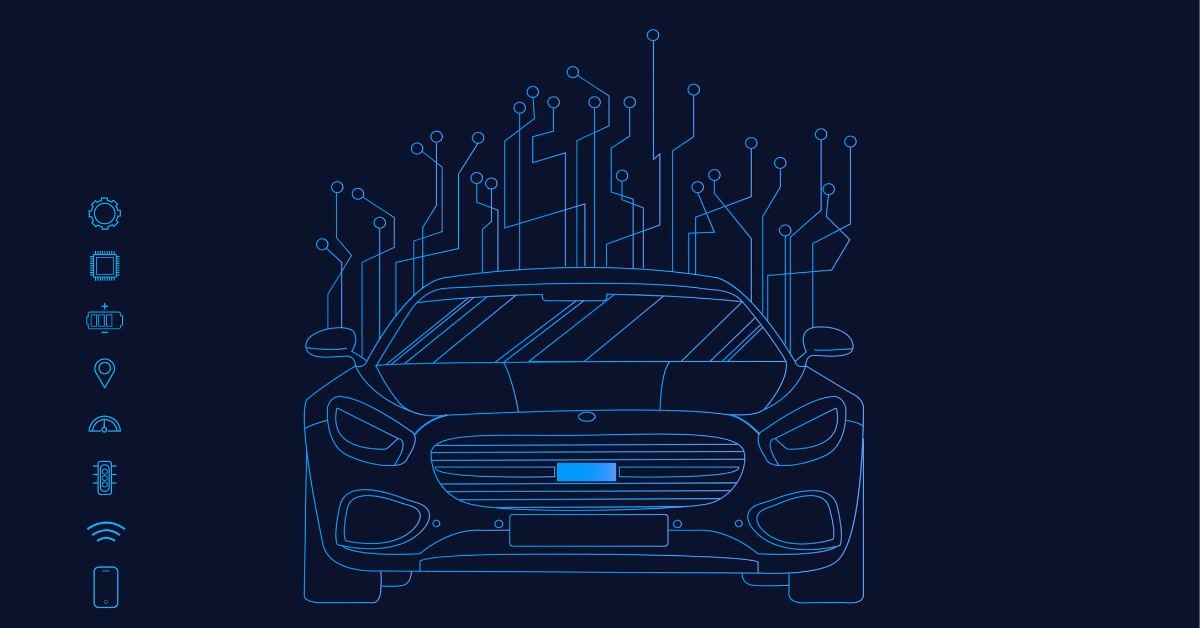Amid news about the recent fires, there are raising concerns about the safety of two-wheeler EVs and their compatibility with the Indian weather
Smart intelligent systems such as Battery Management Systems and telematics can be used to enhance safety in a lithium battery pack
With a robust design, an intelligent and reliable BMS, and IoT and data analytics in place, we can ensure that the EV batteries meet the country’s unique requirements
With growing evidence that climate change is occurring at an unprecedented rate, there is a push to look for sustainable solutions to reduce our carbon footprint. Touted as the future of the automobile industry, electric vehicles (EVs) present an affordable solution to reduce our emissions. However, amid news about the recent fires, there are raising concerns about the safety of EV two-wheelers and their compatibility with the Indian weather.
India’s Climate Behind Fires?
Categorised by a tropical climate, India’s peak summer temperatures usually tip over 45°C in several parts of the country. These conditions heavily contribute to growing concerns around overheating and battery safety in the EV space.
Electric vehicles run on rechargeable battery packs made of multiple cells and modules arranged in a series and parallel combination. These battery packs produce several hundred volts of electricity. This is why they are considered critical components of the vehicle and require constant monitoring and control.
The effect of different temperatures on li-ion batteries is usually observed in the life cycle of a battery pack. A series of high and low temperature-related tests are conducted in labs on a battery pack to pass through the safety parameters.
Generally, the operating temperature range of Li-ion cells is up to 60°C. Though, the batteries are pushed to their upper limit when on the road. This is due to a combination of high ambient temperature, high-speed charging, and in some instances, conditions arising out of inappropriate usage.
It becomes quite vital to monitor, control, and analyse the data points of such critical information. This is where smart intelligent systems such as Battery Management System (BMS) and telematics comes in. These systems can be used to enhance safety in a li-ion battery pack.
Battery Management System: A Solution To Unstable Batteries?
Most electric cars are powered by lithium-ion batteries. These battery packs can be quite unstable. Overcharging these batteries or allowing them to reach a state of deep discharge can be dangerous, especially during thermal runaway.
A thermal runaway is a condition where the current flowing through the battery during an overcharging incident can cause the cell temperature to rise above the permissible limits. Conditions like these can harm the capacity or lifespan of the battery.
To ensure that there are no voltage fluctuations or imbalances in voltage conditions, BMS is embedded in the li-ion battery pack. This system monitors two very important parameters at the cell and module level — the state of charge (SOC) and the state of health (SOH).
This protects the battery and ensures that all operations are performed under safety limits. Besides monitoring the voltage, different temperature parameters, and the coolant inflow, it optimises battery life via cell balancing.
BMS Functionalities
While selecting and designing a BMS, it is important to take into consideration various aspects as a lot of its functionalities depend on the end application it would be used for. Let us look at some of these functionalities in a little more detail:
- The battery pack is made up of cells with a voltage rating of 3.2V to 3.6V. BMS ensures that the battery operates within this safety limit and that they are not discharged or overcharged beyond the rated voltage mark.
- Controlling overcharging is another area that requires thorough monitoring by BMS. The batteries are typically charged in two stages: Constant Current (CC) and Constant Voltage (CV). In the first case, the charger gives a constant current to charge the battery, while in the second case a constant voltage is supplied to the battery at a very low current.
- EVs also have a battery SOC indicator like all the other vehicles. BMS helps in indicating to the driver the actual SOC of the battery. The voltage and current measurements are used in various algorithms that calculate the SOC of the battery pack.
- BMS is also responsible for monitoring the SOH. When the capacity of the battery recedes over time, the BMS helps in determining the SOH by measuring the age and expected life cycle of the battery depending on its usage. This eventually helps in determining the mileage.
Real-Time Monitoring With Telematic System
The telematics system operates on two sciences — telecommunications and informatics. In this system, a device is fitted in an electric vehicle which allows for real-time collection, monitoring and storage of data.
Battery telematics essentially improves the life and performance of batteries by tracking fleet data which in turn helps to:
- Monitor energy consumption and energy despatch
- Improve driving habits
- Monitor battery’s SOC to facilitate slot booking at the next charging station
The telematics data helps in effective route management, benchmark vehicle utilisation, monitoring charge reporting, and measuring if the plans to reduce costs and emissions are effective. Further, to optimise charging, telematics monitors the vehicle’s charging status and alerts the driver accordingly. When the battery is fully charged, the dispatch team receives an alert through an email, alerting the driver that the vehicle is ready for use.
The Way Forward
The Indian EV market is expected to reach $15.40 Tn by 2027 at a compound annual growth rate (CAGR) of 47.09% during the period of 2022-2027. Amid the buzz around EV safety incidents and the recent slump in EV sales, the Indian EV industry faces a major challenge ahead.
To retain its competitive edge, India’s EV market needs batteries that meet the country’s unique requirements in terms of temperature conditions and vehicle usage. With a robust design, an intelligent and reliable BMS, and IoT and data analytics in place, we can ensure that batteries operate within the given temperature and voltage range.


![Read more about the article [Funding alert] Deep-tech startup Cron AI raises $4M in Series A led by VenturEast, Kitaki Ventures](https://blog.digitalsevaa.com/wp-content/uploads/2021/05/Funding-1587044486257-300x150.png)






![Read more about the article [Funding alert] Deeptech startup Log 9 Materials raises $8.5M in Series A+ led by Amara Raja Batteries](https://blog.digitalsevaa.com/wp-content/uploads/2021/08/Imagen59z-1599818083656-300x150.jpg)
